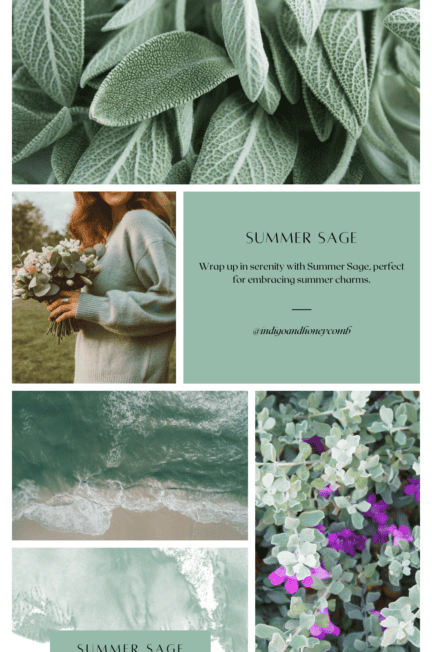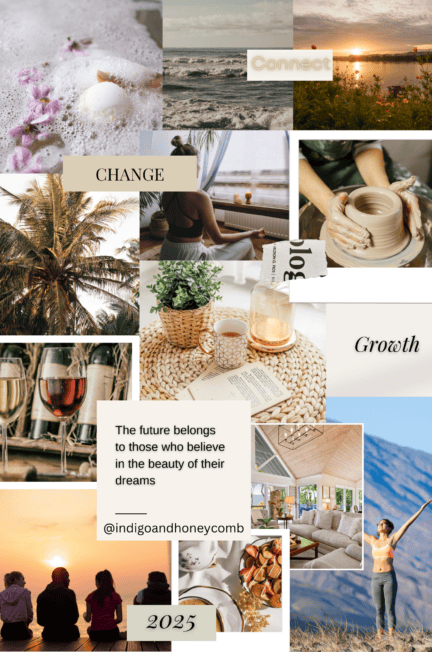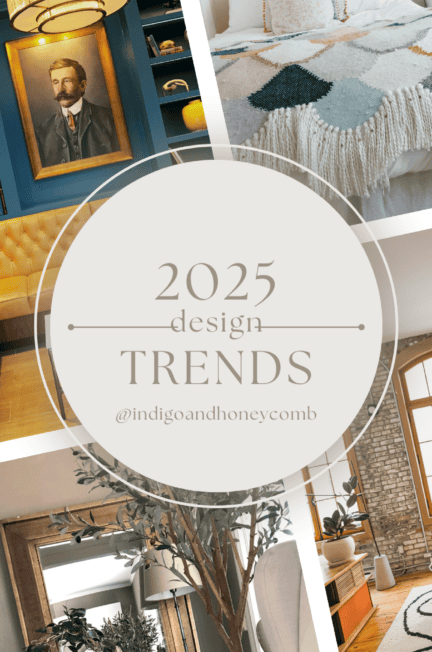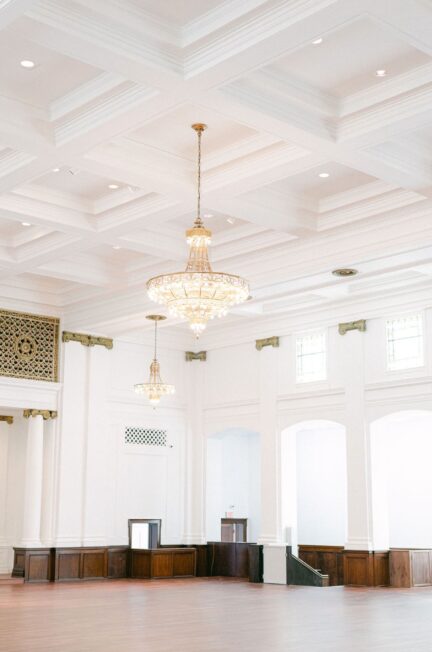Summer Sage Green Color Celebration
June brings the vibrancy of summer, and what better way to celebrate this season of renewal than with a refreshing sage green color like Summer Sage that embodies both tradition and modernity? Summer Sage has been chosen as the color of the month, a nod to its serene yet invigorating presence. In particular, this shade, trending among the greens of 2024, is perfect for those looking to infuse their spaces with a touch of nature and a sense of calm.
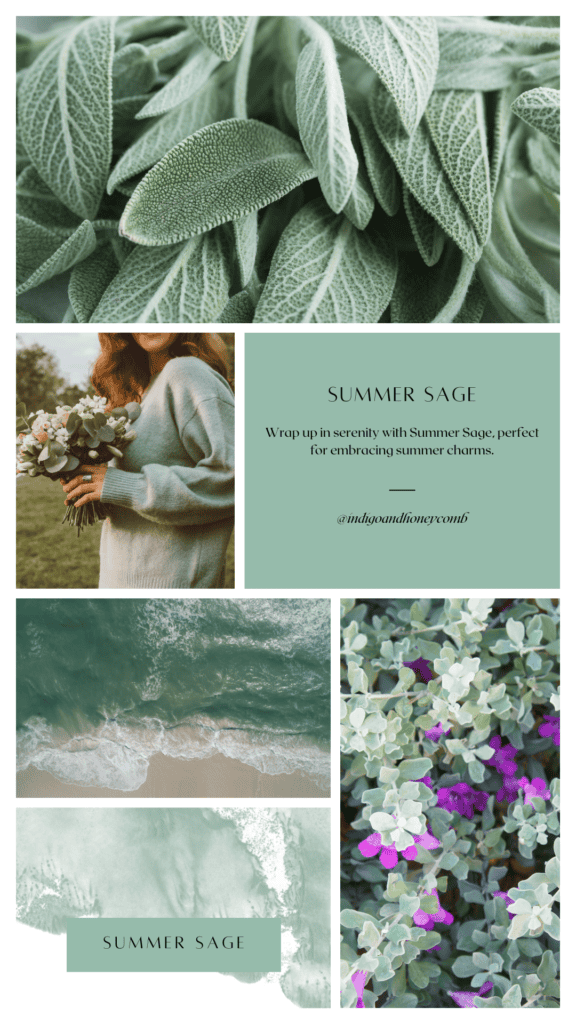
Why was Summer Sage green color chosen?
Trending Greens for 2024
The year 2024 has seen a resurgence of greens in various shades, symbolizing growth, harmony, and a return to nature. Among these, sage green stands out for its unique blend of softness and vibrancy. Additionally, it’s a versatile color that adapts well to both contemporary and traditional design aesthetics.
Summertime Allure
Sage green is synonymous with the freshness of summer. It evokes images of lush gardens, cooling shades, and refreshing drinks, making it an ideal choice for the warm months. Its natural, calming effect can transform any space into a tranquil retreat from the summer heat.
Eco-Conscious Living
As the world becomes more aware of environmental issues, green has come to symbolize sustainability and eco-friendly living. People are increasingly drawn to colors that represent nature and promote a sense of environmental responsibility. Therefore, the trend towards green in 2024 reflects a collective desire to connect with and protect our planet.
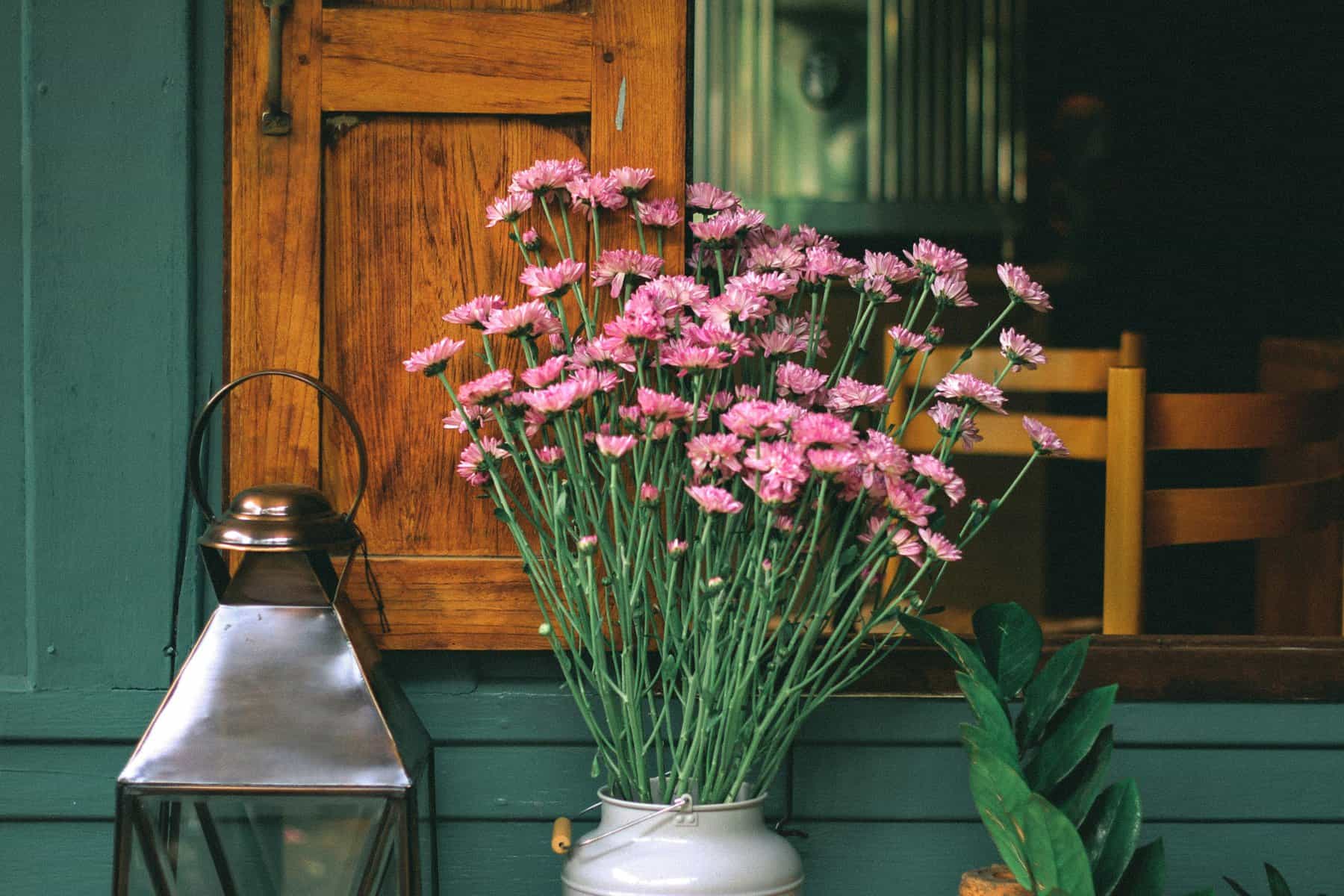
Biophilic Design
Biophilic design, which incorporates natural elements into interior spaces, is gaining popularity. Green, in its various shades, plays a crucial role in this trend. By bringing elements of nature indoors, biophilic design aims to improve well-being, reduce stress, and enhance productivity. So green walls, plants, and natural materials are key components of this design philosophy.
Mental Health Benefits
The color green is known for its calming and restorative effects. In a fast-paced world where mental health is increasingly prioritized, green offers a sense of peace and tranquility. Indeed, its association with nature and growth makes it an ideal color for creating spaces that promote relaxation and mental well-being.
Versatility in Design
Green’s versatility allows it to complement a wide range of styles and color schemes. From deep forest greens to soft mint hues, this color can adapt to both traditional and contemporary interiors. Its ability to harmonize with other colors and materials makes it a popular choice for designers and homeowners looking for a flexible and aesthetically pleasing option.
Cultural and Historical Significance
Green has deep cultural and historical roots across different societies. It often symbolizes life, renewal, and prosperity. Various cultures associate green with positive attributes and good fortune. This rich cultural significance adds to its appeal, making it a timeless and meaningful choice for interior design and architecture.
A blend of environmental awareness, design philosophies like biophilic design, the color’s mental health benefits, its versatility, and its cultural significance drive the rise of green as a trending color in 2024. Incorporating green into your space not only keeps you on-trend but also connects you with these broader themes of sustainability, well-being, and cultural richness.
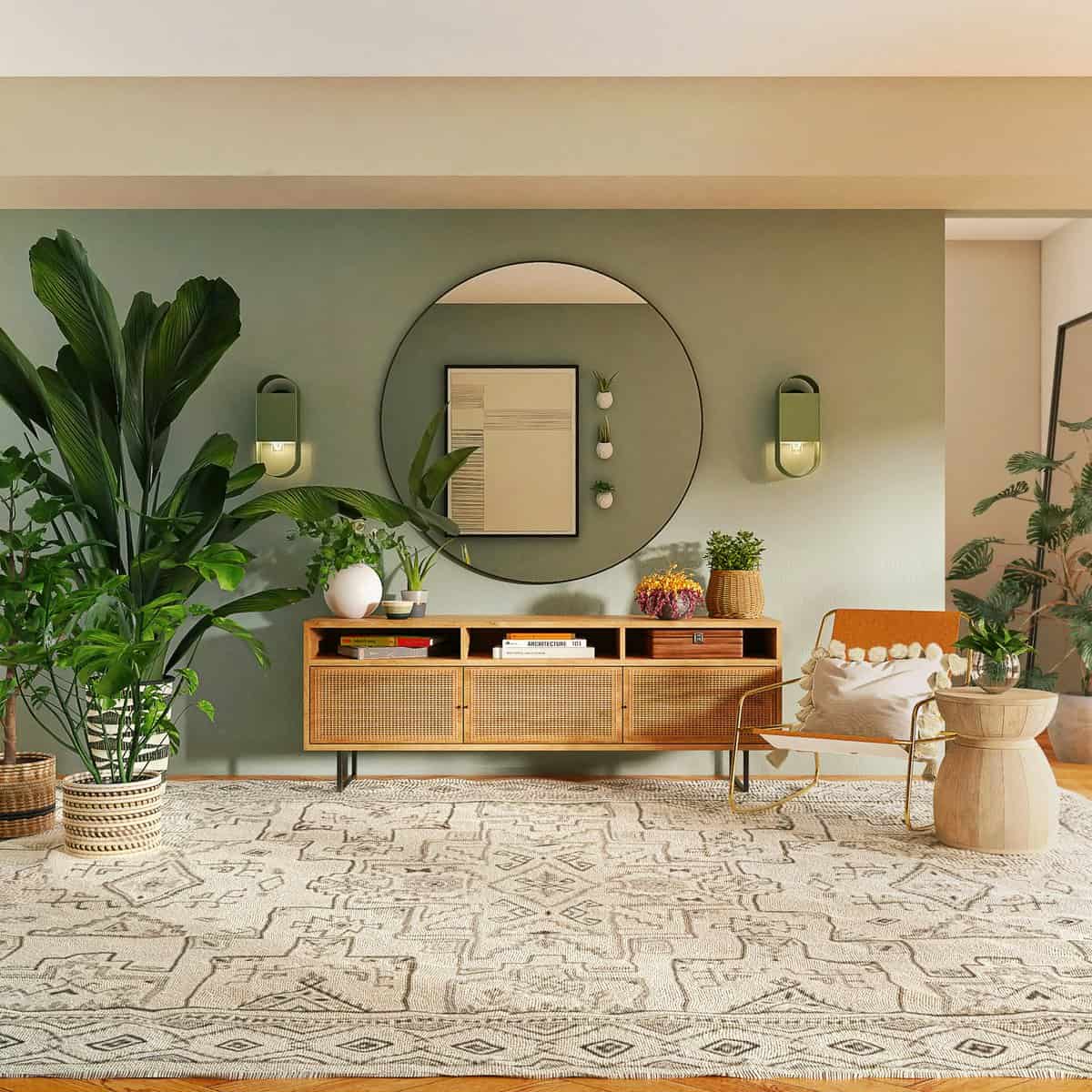
Color History: The Rich Heritage of Green
Ancient Beginnings
The color green has a storied history that dates back to ancient civilizations. In ancient Egypt, people associated green with rebirth and regeneration, and they often depicted the god Osiris with green skin to represent this connection. The Egyptians also used a green pigment called malachite, derived from copper minerals, in their art and jewelry.
The Middle Ages
During the Middle Ages, green held a dual significance. It was seen as the color of life and renewal, symbolizing the rebirth of nature in spring. However, it also had associations with the unpredictable and the supernatural, often linked to fairies and mythical creatures. And to showcase green in art, medieval artists used green pigments made from verdigris, a green pigment derived from copper, and later from green earth.
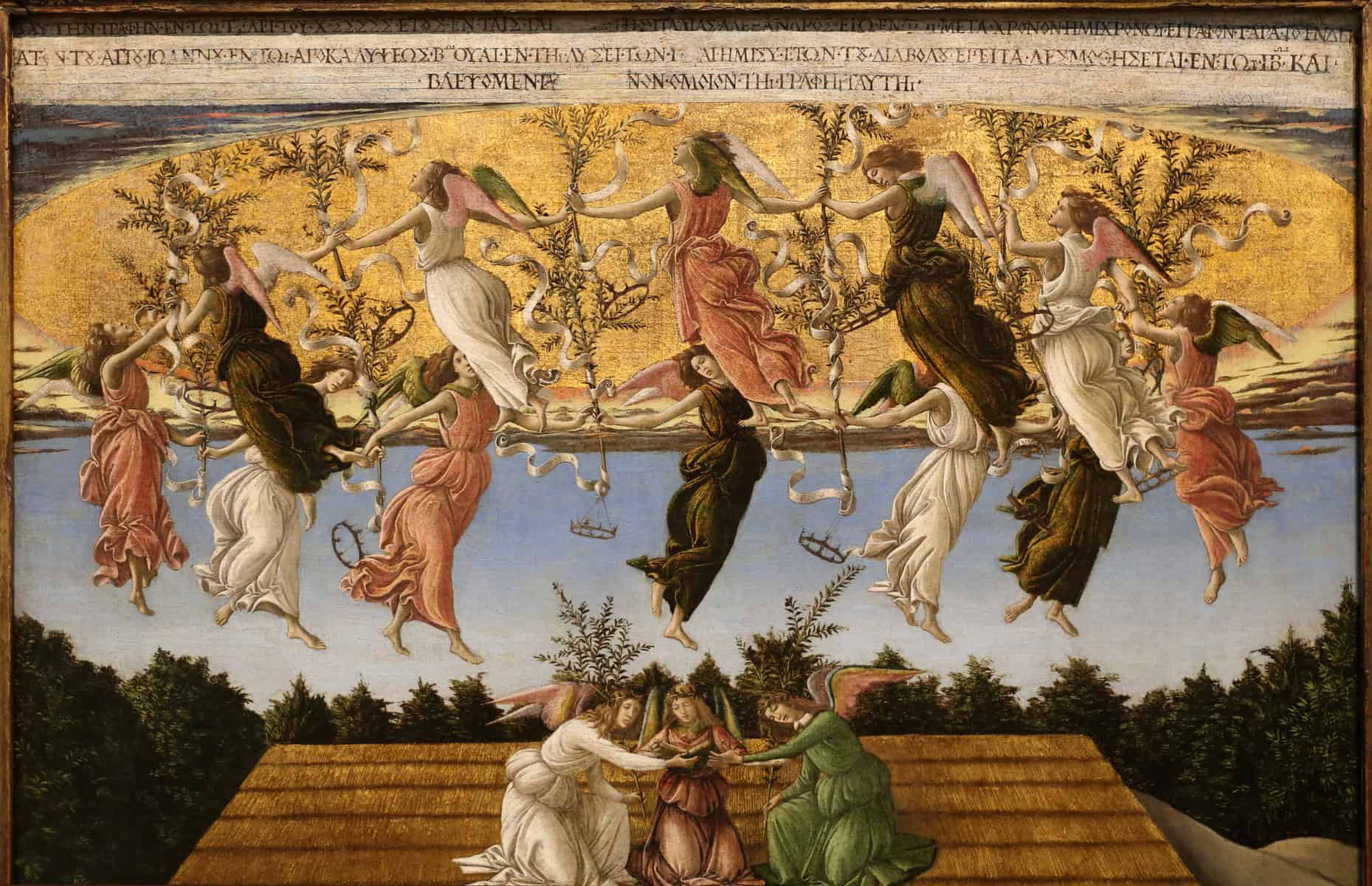
Nativita Mistica, 1500, by Sandro Botticelli, CC BY 3.0, via Wikimedia Commons
Renaissance and Symbolism
In the Renaissance period, green became a symbol of fertility and was often used in depictions of the Virgin Mary, symbolizing her purity and her role as the mother of Jesus. Correspondingly, green also represented wealth and status, as green dyes were expensive and often worn by the wealthy.
The Enlightenment and Beyond
By the 18th and 19th centuries, green’s significance continued to evolve. The Romantic movement of the 19th century saw green as a representation of nature and emotion. Meanwhile, advances in chemistry during this time led to the creation of new green pigments, such as Scheele’s Green and Paris Green, although some were later found to be toxic.
Modern Era
In the 20th and 21st centuries, green has taken on new meanings. It has become a symbol of environmentalism and sustainability, reflecting society’s growing concern with ecological issues. Moreover, the color is also associated with health and wellness, frequently used in spaces designed to promote relaxation and well-being.
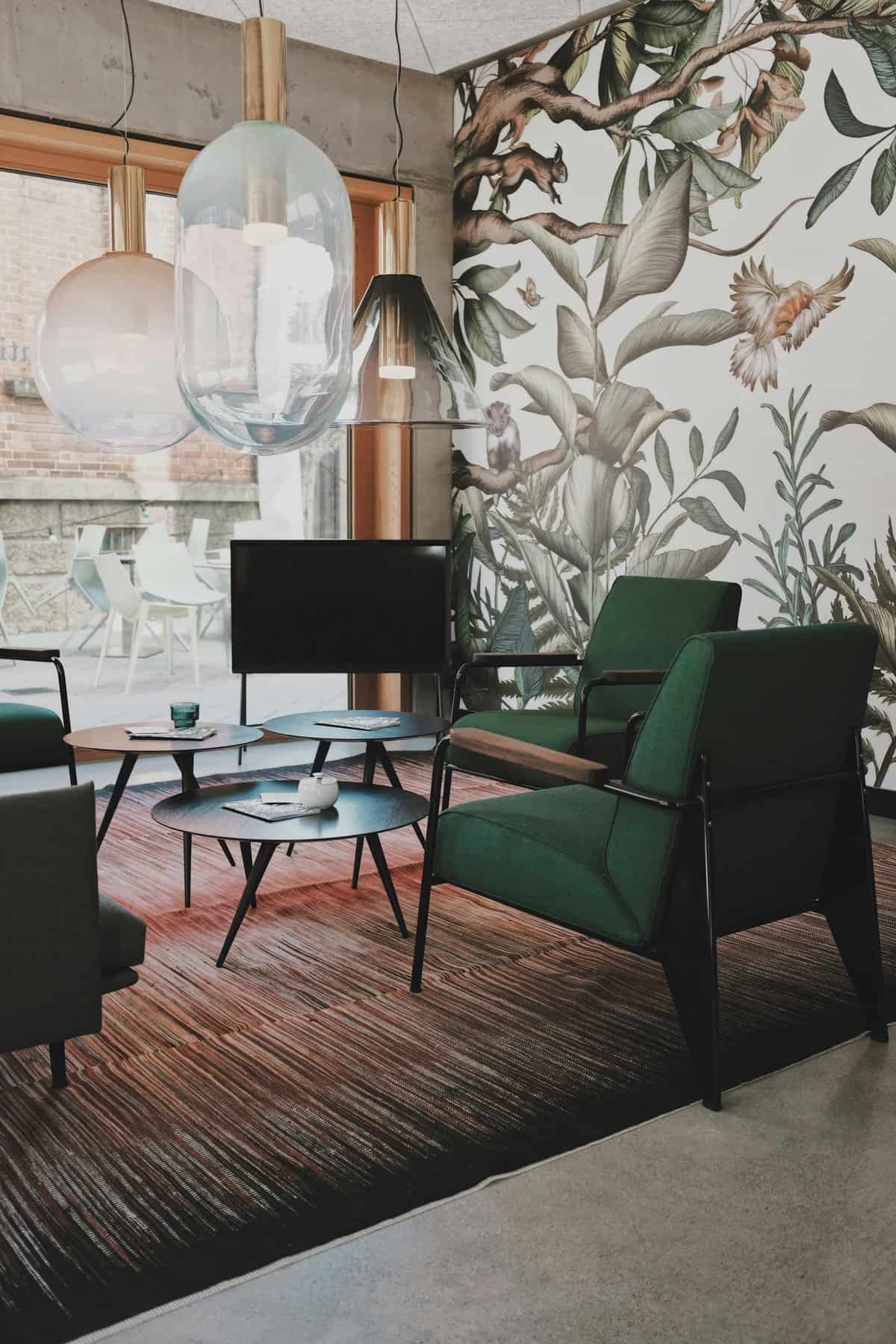
Summer Sage Green Color Moodboard Inspiration
Here are six color palette moodboards to kick off your design ideas:
Retro Revival
Retro Revival is all about embracing vintage charm with a modern twist. Use Summer Sage as a backdrop for bold, retro-inspired patterns and furniture. Incorporate peach and mustard yellow accents through cushions, rugs, and wall art. Creamy whites balance the vibrancy, while dark brown adds depth to the space.
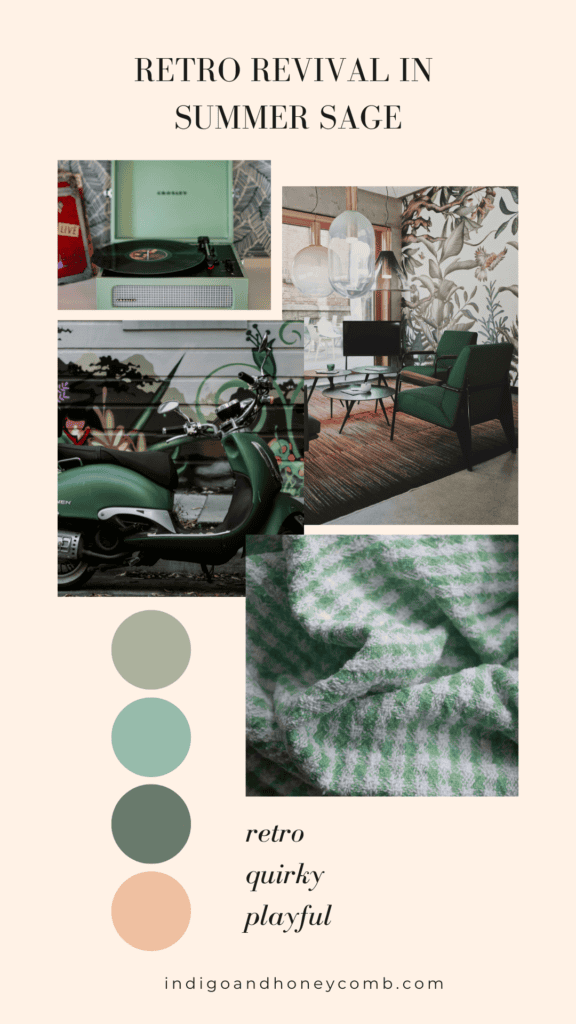
Artistic Endeavors
Artistic Endeavors focuses on creativity and artistic expression. Summer Sage provides a calming base, perfect for art studios or creative spaces. Add splashes of soft lavender and rose pink to inspire creativity. Charcoal gray brings a touch of sophistication, and white keeps the palette fresh and bright.
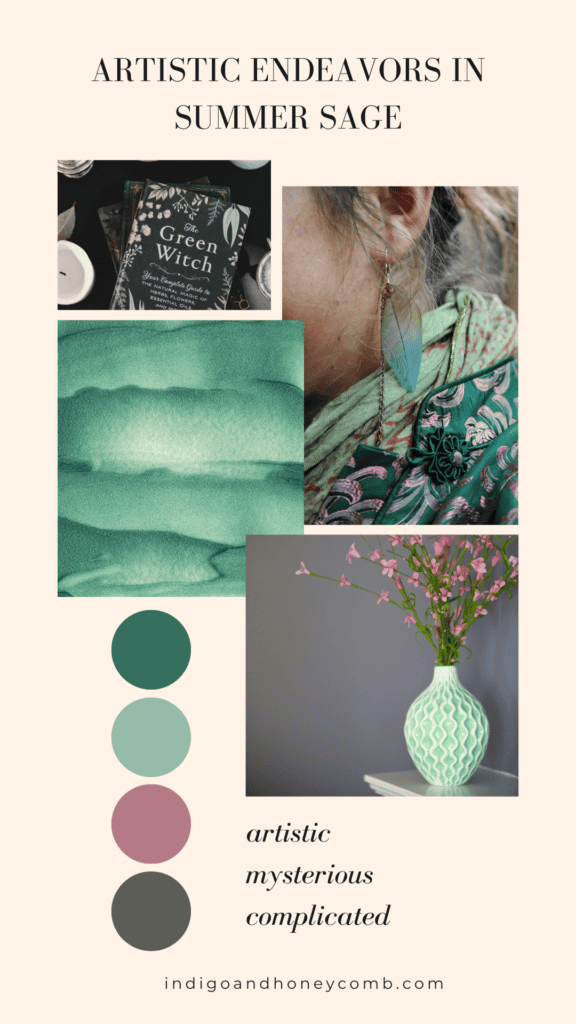
Serenity Now
Serenity Now aims to create tranquil, calming spaces. Use Summer Serenity on walls or large furniture pieces. Pair it with pale mint and light gray for a soothing, monochromatic look. Soft white accents brighten the space, and charcoal adds a grounding element.
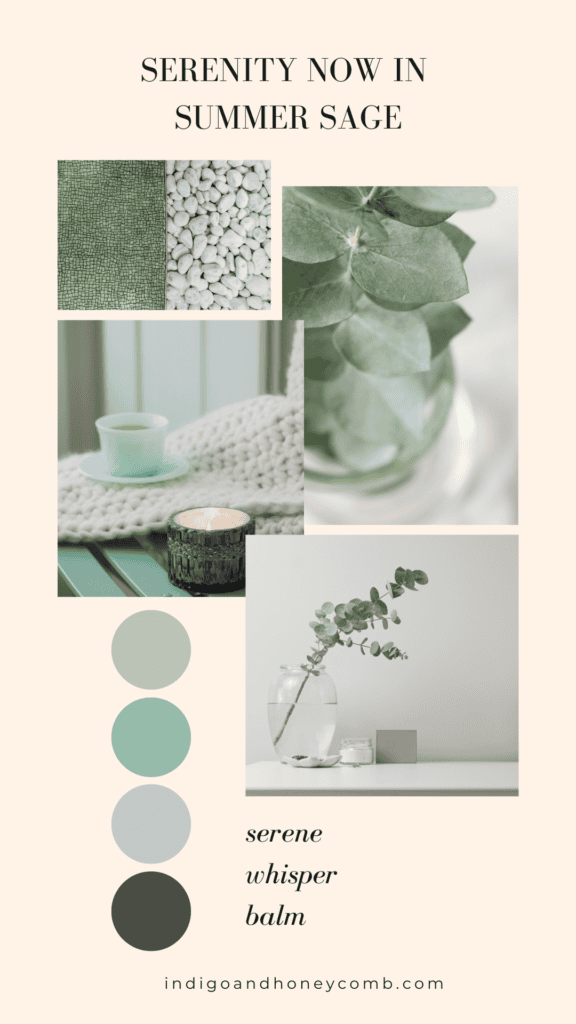
Summer Celebrations
Summer Celebrations is vibrant and full of life. This lovely green hue pairs beautifully with coral, lime and lemon yellow for a cheerful, sunny vibe. Sky blue adds a refreshing touch, while white keeps the palette balanced and airy. Use this combination in outdoor spaces or lively interiors to reflect the best qualities of this sage green color.
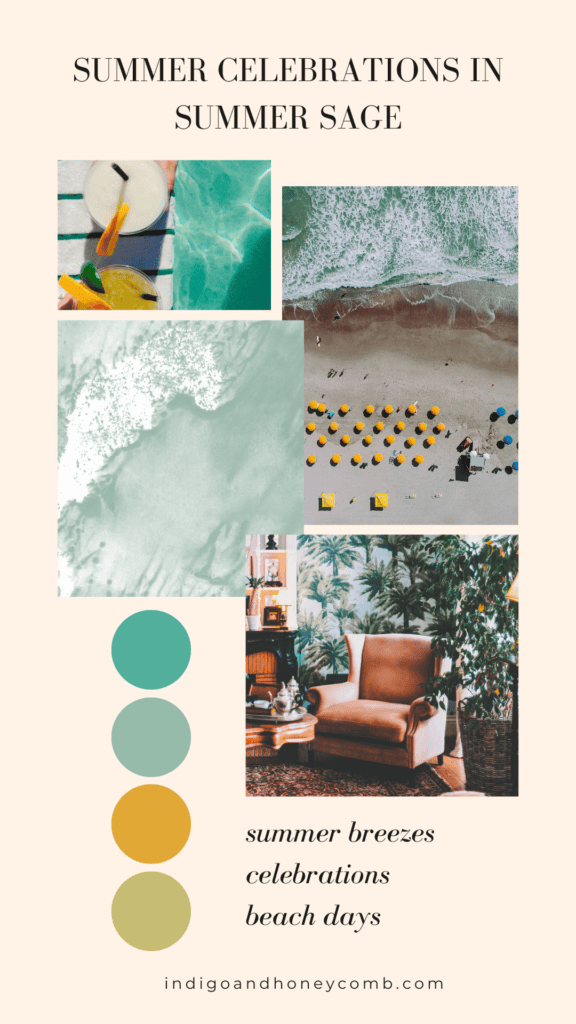
Home and Garden
Home and Garden focuses on bringing the outdoors inside with highlights of sage green color. Summer Sage works as a dominant color, complemented by various shades of green, such as sage and olive. Beige and light brown add warmth, making this palette perfect for garden rooms or nature-inspired interiors.
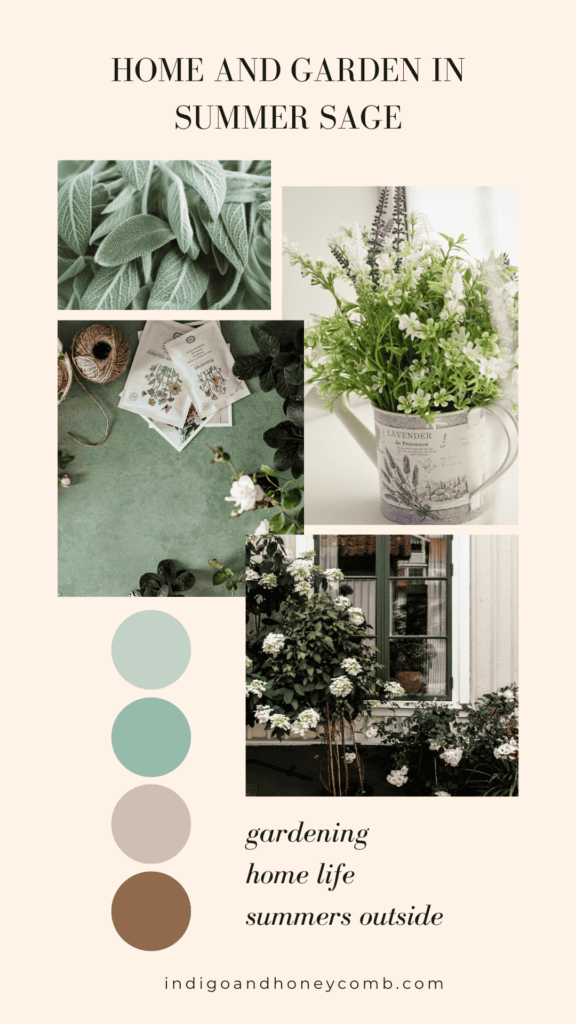
Classic Chic
Classic Chic blends timeless elegance with modern touches with a touch of sage green color. Summer Sage provides a fresh yet classic backdrop. Warm beige and antique gold bring in a luxurious feel, while soft gray and deep teal add sophistication and depth. Ideal for living rooms or formal spaces.
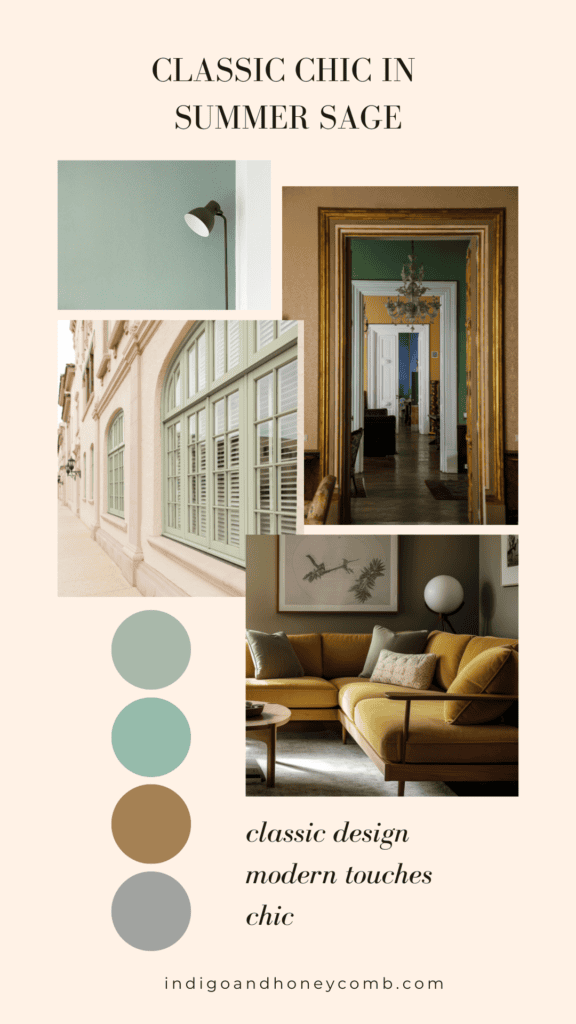
Final Thoughts
Summer Sage, with its roots in tradition and its vibrant, calming hue, is the perfect choice for June. Moreover, its versatility in design makes it a standout color for 2024, bringing a touch of nature’s tranquility into your home. To sum up, whether you’re updating a single room or your entire home, incorporating Summer Sage can create a harmonious and refreshing environment.

